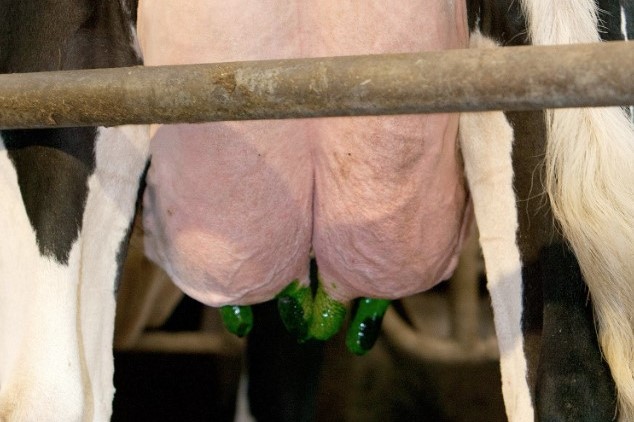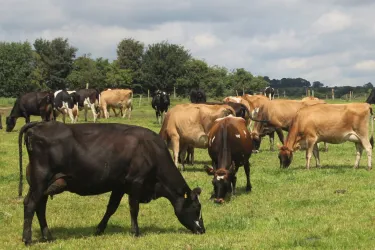Mastitis is a prevalent disease that impacts dairy cows worldwide. It is a painful condition that affects the udder and can significantly impact milk production, cow health, and farm profitability.
Detecting the disease early is crucial for effective treatment and to minimize the spread of the disease.
How to know if your cow has mastitis
Visual inspection
Visual inspection is the first and most straightforward method of detecting mastitis in cows.
The most obvious signs of the disease are usually when any sort of swelling, redness or heat is present in the udder.
An infected udder may also appear to be hard and lumpy, and sometimes, there may be some discharge or crust on the teat.
There may also be signs of mastitis in the cow’s milk, such as clotting, discolouration or a foul odour.
Physical examination
Sometimes, symptoms of mastitis are not visible to the eye and so a physical examination is required.
To do this, you should feel the udder of the cow, checking for any abnormal lumps or hot spots. If the cow reacts to you touching their udder, it may be a sign they are in pain or discomfort, which may indicate infection.
You may notice your cow produces less milk than usual, or that the quality of their milk is poorer than average. A decrease in milk yield or increase in somatic cell count can indicate an issue, such as mastitis.
Milk Testing
Milk testing is an effective way to detect mastitis in cows in the UK. A California Mastitis Test (CMT) is a simple and reliable test that can be used to detect subclinical mastitis.
The test involves mixing a small sample of milk with a special solution that causes the milk to thicken or gel if there is an infection.
The severity of the infection can be determined by the degree of thickening.
Laboratory Analysis
Milk samples can be sent to a laboratory to be analysed for bacterial or fungal infections.
The laboratory can identify the specific type of bacteria or fungus responsible for the infection and determine the best course of treatment.
In the UK, farmers and veterinarians use the AHDB Mastitis Control Plan to monitor and control mastitis.
This plan includes regular testing and monitoring of cows for mastitis and other diseases. It also involves implementing preventative measures such as; improving cow hygiene, managing dry cow periods, and using appropriate teat dips.
If your cow has mastitis, it is important to treat them as soon as possible to minimise the impact on their health, and in turn, your profit.
Keeping on top of your herd’s udder care is essential to the welfare of your animals. Consider using a regular teat treatment, such as Valiant™, to ensure their udders stay clean and healthy (see image at top of page).






